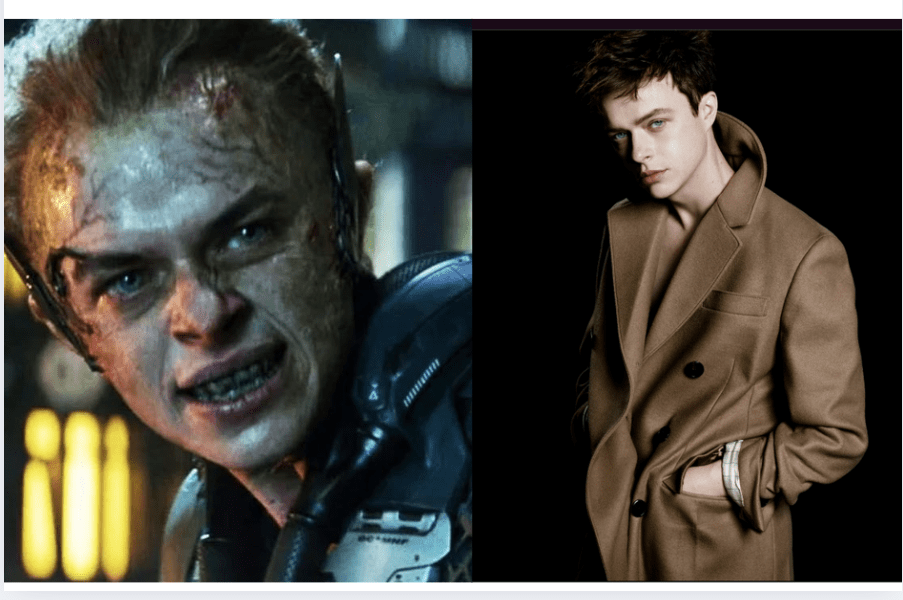Retroviral Hyperplasia, a fictional illness created by Harry Osborn, goes right to the core of power, legacy, and unintended consequences. A recessive gene causes this condition, which manifests in early adulthood and is commonly referred to as Goblin Disease or Goblinitis. Its symbolic meanings have significantly grown over time, reflecting actual genetic disorders that frequently go unnoticed until they are triggered. Marvel not only creates drama by presenting this illness in a compelling storyline, but it also makes a statement about the significance of inheritance, particularly when it is linked to trauma and influence.

Harry’s illness becomes apparent soon after he takes over as CEO of Oscorp Industries, the tech company that his father, Norman Osborn, gave him. Harry enters a structure that is both dangerous and powerful, a move that remarkably resembles real-life accounts of second-generation businessmen attempting to establish control while avoiding their parents’ shadow. Along with all the associated genetic baggage, he regrettably also inherits Norman’s disease.
| Attribute | Detail |
|---|---|
| Full Name | Harold Theopolis Osborn |
| Alias | Harry Osborn |
| Species | Human Mutate |
| Affliction | Retroviral Hyperplasia (Goblin Disease / Goblinitis) |
| First Appearance | The Amazing Spider-Man #31 (December 1965) |
| Occupation | CEO of Oscorp Industries |
| Affiliations | Parker Industries, Alchemax |
| Notable Aliases | Green Goblin, Hobgoblin, American Son, Harry Lyman, Kindred |
| Relatives | Norman Osborn (father), Liz Allan (wife), Normie & Stanley (children) |
| Romantic Ties | Ex-boyfriend of Mary Jane Watson |
| Portrayed by (Film) | James Franco, Dane DeHaan |
| Created by | Stan Lee and Steve Ditko |
| Official Source |
Harry becomes more and more desperate as symptoms like discolored, deformed skin, erratic behavior, and physical decay manifest. His unsuccessful attempt to obtain Spider-Man’s blood, which is thought to have therapeutic qualities, highlights a crucial theme: the delusion of control. There are a lot of real-world parallels here, especially with people who are looking for innovative, experimental treatments for genetic illnesses that are incurable, which frequently have negative emotional, financial, and physical effects. Harry turns inward to Oscorp’s scientific resources after being refused access. However, the experimental serum he injects significantly speeds up the disease instead of stopping it.
The metamorphosis is particularly vicious. In a matter of moments, Harry’s mind becomes more and more shattered, and his body becomes unrecognizable. It’s a crucial moment that reflects the psychological toll that chronic illness frequently causes. His ragged, green appearance serves as an outward manifestation of his inner turmoil. His mutation brings about the emergence of the Green Goblin, a clear departure from the friend Peter Parker once knew, much like a contemporary Jekyll and Hyde.
Dane DeHaan and James Franco both used distinct emotional textures in their films to depict this descent. DeHaan’s performance tended more toward psychological fragility and rage, whereas Franco’s offered emotional volatility mixed with intense guilt. Their depictions gave Harry’s suffering a genuine feel, striking a chord with viewers who have seen loved ones suffer from deformities or mentally debilitating illnesses. With its incredibly varied symbolism, this illness not only makes Harry a villain but also humanizes him via tragedy.
Viewers’ empathy for complex, morally dubious characters—often those battling internal conflict resulting from actual suffering—has grown in recent years. Think about how audiences reacted to Kylo Ren’s ambivalent legacy, Wanda Maximoff’s chaos driven by grief, or Loki’s mischievous behavior. This emotionally charged category is a good fit for Harry. He is not solely motivated by ego or greed. What he was born into is a losing battle for him. Through his character, the story examines how identity is shaped by disease, both societal and genetic, long before symptoms manifest.
His affiliation with Spider-Man exacerbates this conflict even more. Harry, who was once Peter Parker’s best friend, loses that trust when he turns into the Green Goblin, replacing their shared memories with mutual destruction. This change—which was particularly painful—reflects the upheaval that many people feel when they see friends deteriorate due to illness or mental illness. Instead of just becoming weaker, the bond disappears and is replaced by something else entirely. The emotional stakes rise sharply when Gwen Stacy dies after falling, a scene that is directly related to Harry’s Green Goblin persona.
A terrifying metaphor for the disintegration of the self is also provided by Harry’s changing identities, which include Kindred, Goblin, and even the artificial intelligence clone that governs other versions. These variations imply a consciousness divided between suffering, retaliation, and loss, as though the illness had altered his very being rather than merely destroying his body. This story seems especially relevant in the digital age, where identity is constantly rebuilt online. Concerns about artificial legacies and the enduring effects of trauma across platforms and generations are reflected in the AI version of Harry, who is planning events from behind the scenes.
Harry’s decline can act as an allegorical warning for younger audiences, particularly those who are coping with inherited diseases or emotional trauma. Despite being fictitious and extreme, his acts are the result of loneliness, neglect, and the overwhelming need to seem powerful. Marvel provides a sympathetic, not contemptuous, reflection by depicting his arc as intensely emotional rather than merely malevolent.
Despite being fictitious, Retroviral Hyperplasia’s emotional undertone is remarkably successful at drawing parallels to the real world. Its symptoms—aggression, deformity, and hallucinations—reflect more than just physical deterioration. They reveal how society frequently misinterprets illness, particularly mental health conditions. This representation promotes a more sympathetic discussion about mental health and hereditary disorders.
